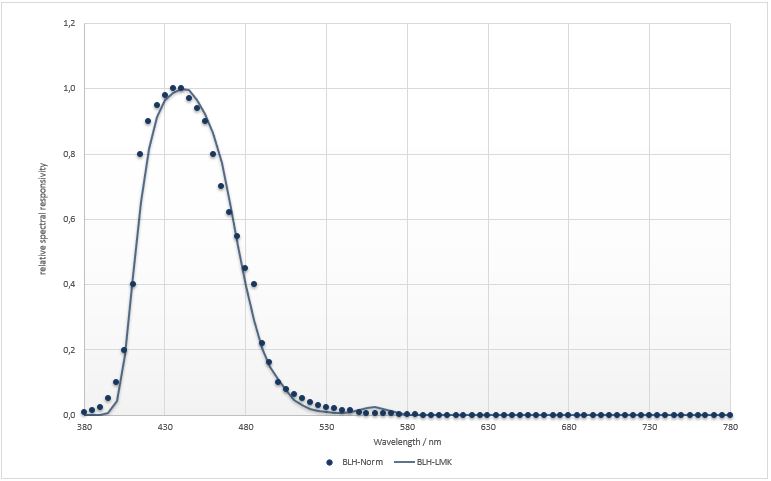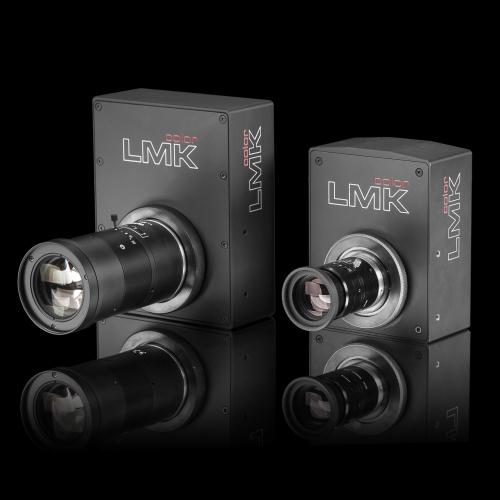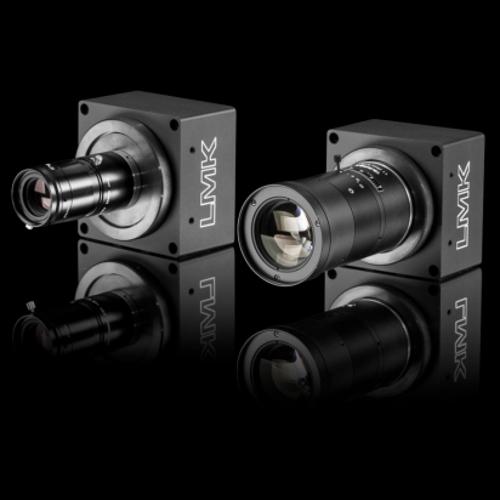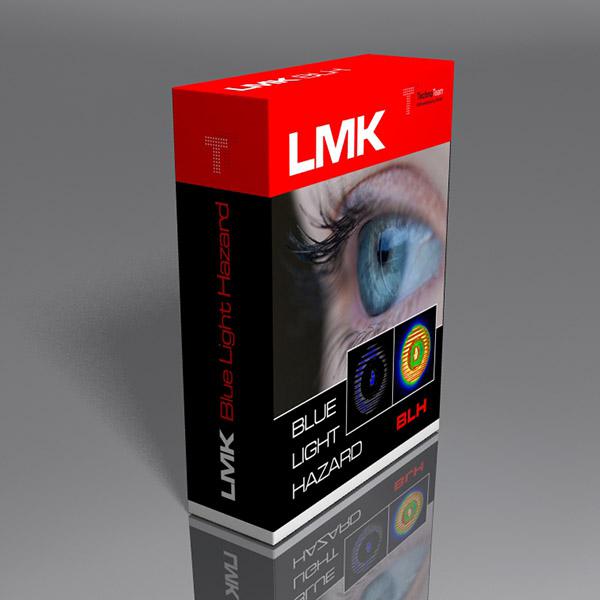Hazardous Lighting

Measurement and evaluation of relevant optical radiation sources — risk assessment for the eye, especially blue light hazard and glare.
Appropriate user information or classification regarding the intended and foreseeable use of the light source must be provided where danger from optical radiation may occur. Regarding the emission of optical radiation, the latter can be achieved in particular by compliance with exposure limits. The focus is on blue light hazard and glare as an indirect hazard from light sources in the visible spectral range.
The corresponding blue light hazard function according to the EN62471 standard can be provided optionally with the LMK color. The EN 62471 standard covers the photobiological safety of lamps and lighting systems. It specifies limit values for various effects on the eye. Among others is the blue light hazard (BLH) of the human eye. These limits and thresholds can be monitored by performing measurements.
Measurements with the LMK are based on determining the weighted radiance Le(BLH) (λ) by spectral filtering with an all-glass filter. Further information on the measurement methodology can be found in the Ressortforschungsberichte zum Strahlenschutz, published by the Federal Office for Radiation Protection (urn:nbn:de:0221-2019032717803).
The temporary glare caused by visible radiation can not only disturb or distract affected persons but, in the worst case, lead to indirect effects during some activities, potentially dangerous due to impaired vision. Lastly, the new occupational health and safety regulation for artificial optical radiation requires indirect hazards caused by momentary glare to be considered in the risk assessment.
For the rating of glare, a whole range of different metrics dependent on the different lighting situations and the visual tasks were introduced. Glare must always be considered spatially. Therefore, using a spatially resolved light measurement system for glare evaluation is the optimal solution. TechnoTeam has developed software solutions for the most commonly used glare evaluation metrics.



